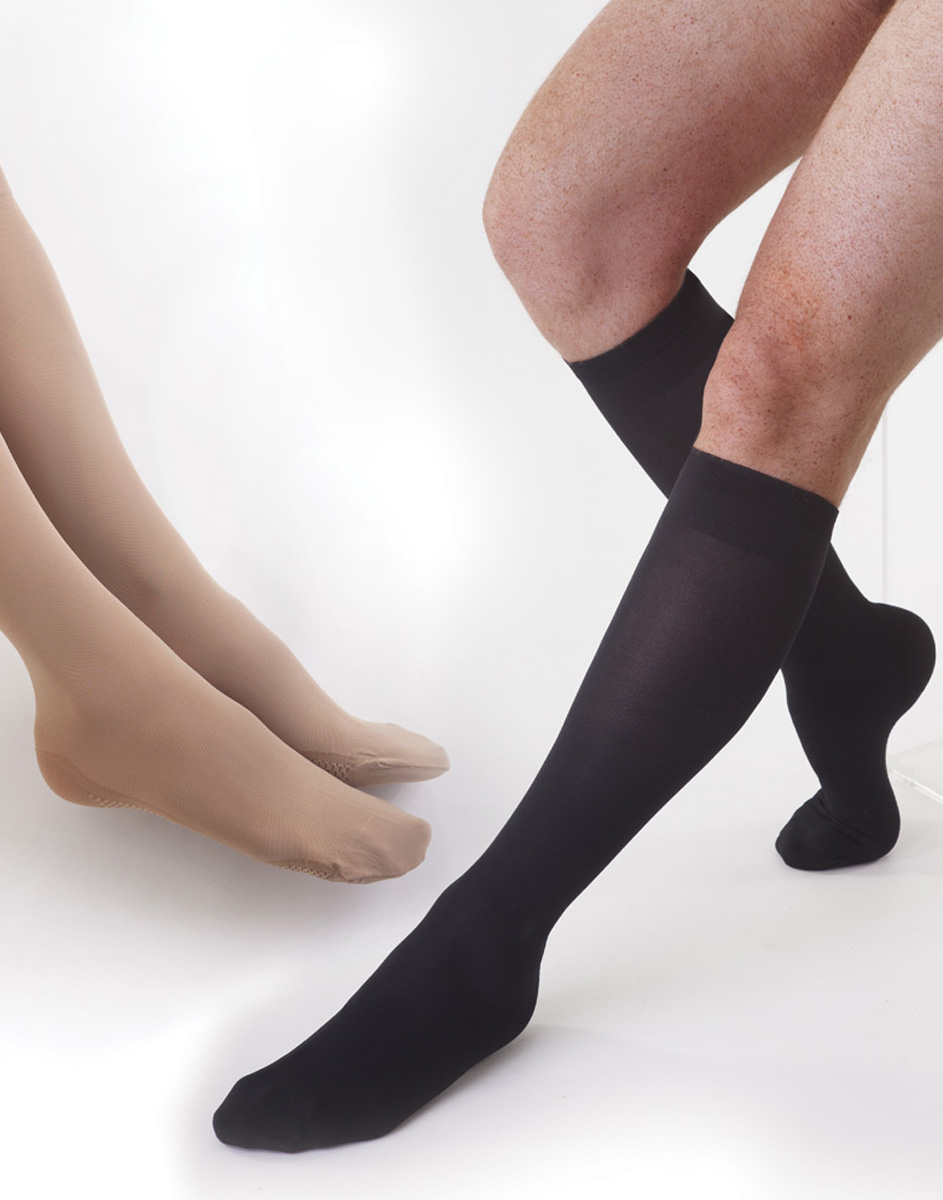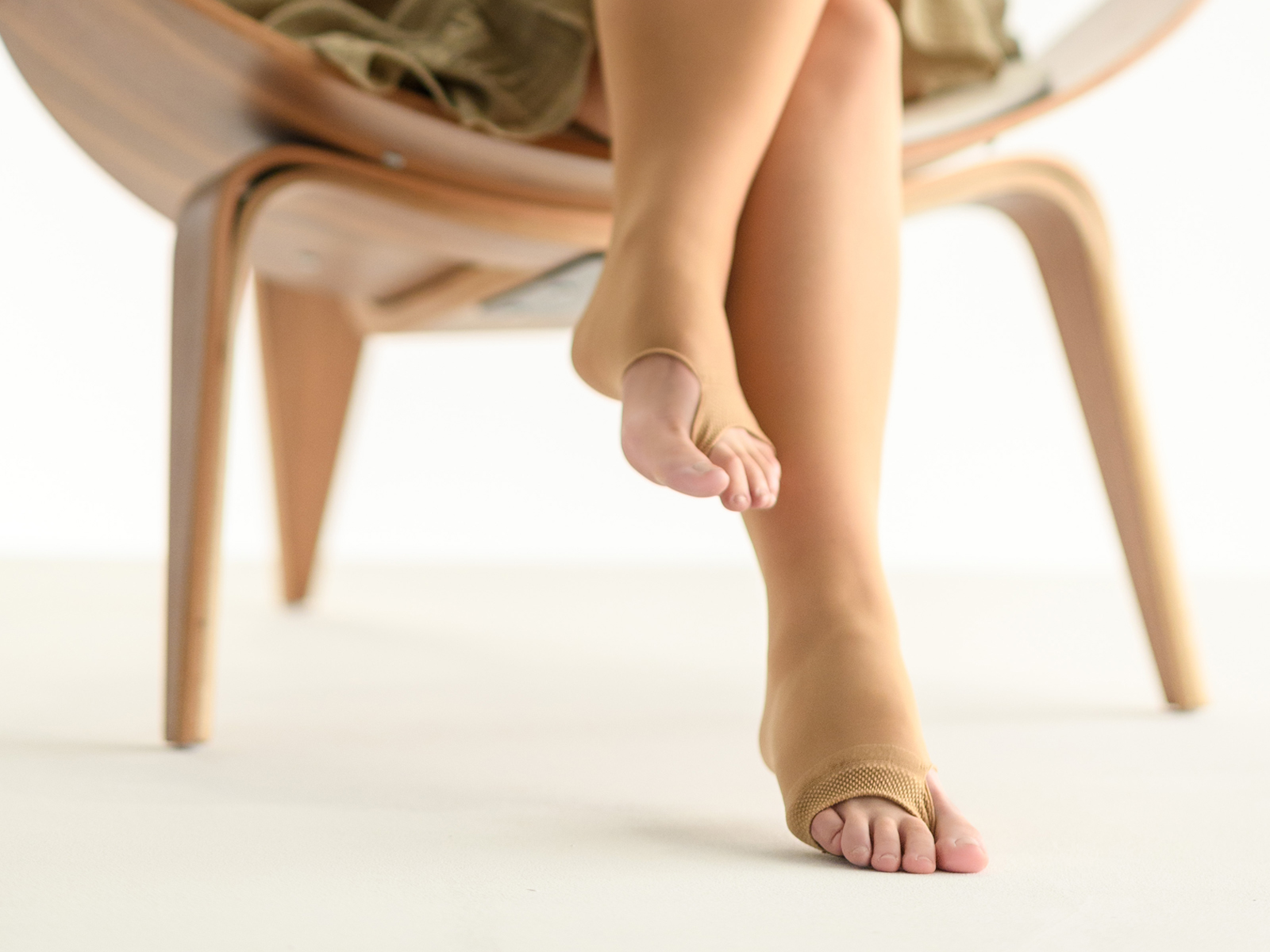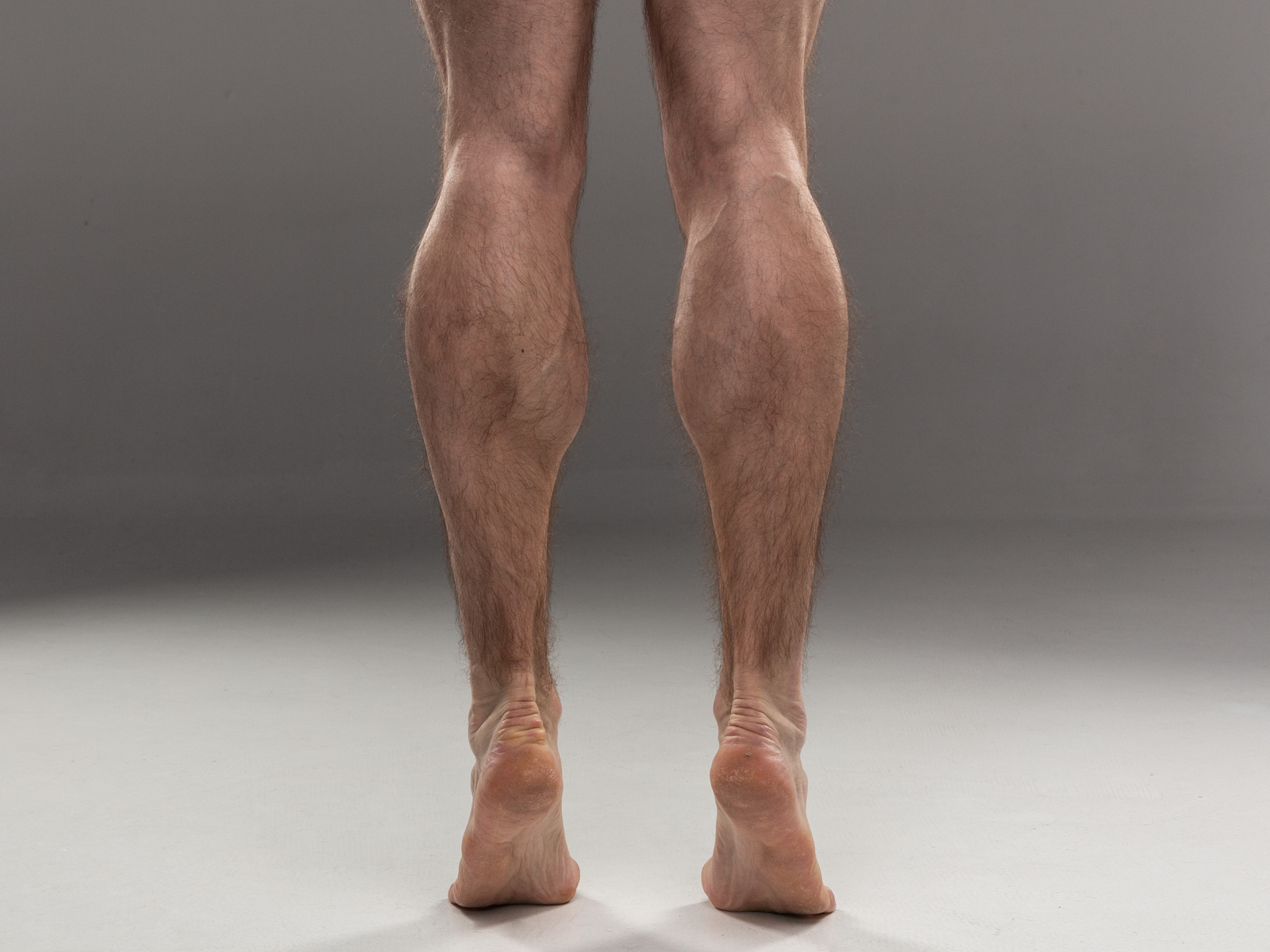Diabetic foot is a serious and potentially debilitating complication that can affect people with diabetes. In this article, together we will try to understand the causes and symptoms that lead to this complication and discuss how it can be effectively managed to improve the quality of life of people with diabetes.
We have already looked at the diabetic foot, as Solidea offers a model specifically designed to protect the delicate skin of diabetics.
These are the questions we would like to answer:
- What are the causes of diabetic foot?
- How does diabetic foot develop?
- Who treats diabetic foot?
- What are the symptoms of diabetic neuropathy?
- What is the treatment for diabetic foot?
What are the causes of diabetic foot?
Diabetic foot is caused by several factors related to diabetes, including diabetic neuropathy: a condition in which diabetes causes damage to the nerves in the legs and feet. The resulting damage can lead to reduced sensitivity to pain, heat and cold, thus increasing the risk of injury.
In addition to damage to the nervous system, another consequence of diabetes is damage to the blood vessels and a consequent reduction in blood flow to the legs and feet. The lack of adequate venous circulation slows down the healing of injuries and increases the risk of infections.
In fact, people with diabetes are more susceptible to infections due to a compromised immune system. Infections affecting the feet can rapidly worsen leading to serious complications.
How does diabetic foot develop?
The physical symptoms that characterise diabetic foot are the result of the conditions described in the previous section. The loss of sensitivity is caused by diabetic neuropathy. People with this condition may have reduced sensitivity to trauma such as cuts, blisters, or abrasions. This makes early detection of injuries and infections difficult.
Diabetic neuropathy is also the cause of deformities, i.e. changes in the structure of the foot such as hammer toes, hallux valgus or flat feet. These changes in the anatomy of the foot can increase pressure on certain areas, which promotes the formation of ulcers.
Sores and ulcers are the result of reduced blood flow, which is affected by diabetes which is affected by diabetes. If not treated properly, sores and ulcers can develop into a very serious condition that can lead to amputation of the foot.
Who treats diabetic foot?
The treatment of diabetic foot requires the input of a specialist healthcare team. The diabetologist is the specialist who looks after the overall management of diabetes. They will monitor your blood glucose levels, prescribe appropriate medication, and advise you on how to care for your diabetic foot.
The podiatrist is a doctor who specialises in treating foot problems. They will assess, treat and prevent diabetic foot lesions. In advanced cases, severe deformities or complicated injuries, an orthopaedic surgeon may be called in to carry out surgical procedures, including amputation if necessary.
What are the symptoms of diabetic neuropathy?
Diabetic neuropathy can cause the following symptoms:
- Loss of sensation to touch, pain, or temperature: patients may have difficulty feeling cuts, burns or wounds on their feet.
- Tingling in the legs: abnormal sensations in the legs and feet are common.
- Muscle weakness: diabetic neuropathy can cause muscle weakness in the legs and feet.
When does diabetic foot amputation happen? Diabetic foot amputation is only considered as a last resort for severe, untreatable complications such as extensive infection, chronic ulcers, or gangrene.
As these symptoms are all related to diabetes, they are easy to recognise. If in doubt, see your doctor. If you have not yet been diagnosed with diabetes, do not jump to conclusions, and rely on the advice of your doctor. However, if you do have diabetes, you should see your doctor as it is important to avoid complications.
Regular check-ups are very important to prevent symptoms from getting worse. Checking glycemia is essential to keep blood glucose levels under control and prevent damage to nerves and blood vessels. Have your feet examined regularly to check sensation and circulation and to detect any injuries or deformities early. Have regular check-ups with a podiatrist to assess and treat the condition of your feet.
What is the treatment for diabetic foot?
Good hygiene, choosing comfortable shoes and using socks and knee-highs specially designed for the diabetic foot will make all the difference to the patient's daily life.
For thorough hygiene that does not irritate the delicate skin of the diabetic foot, use lukewarm water and a mild soap. Dry thoroughly with a soft cloth, especially between the fingers. Wear comfortable, well-cushioned shoes that are the right size, and avoid tight shoes or shoes with pressure points.
It is important that the podiatrist determines the type of elastic compression device and the degree of compression.
To guarantee maximum comfort while respecting the health of the diabetic foot, Solidea has developed special knee-highs with seams on the outside of the article. The very fine weave of the knit makes the fabric extremely soft, light, and breathable; the slight compression ensures that the sock fits well on the limb.
People with diabetic feet should always consult their doctor or healthcare professional for personalised advice on the best treatment options for their specific case.
Bibliographic source PubMed







